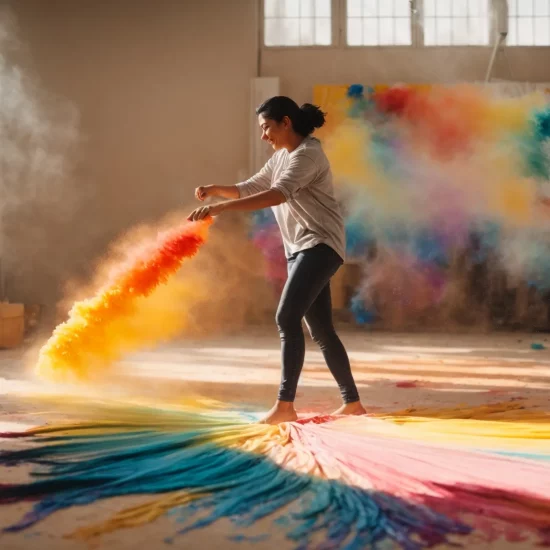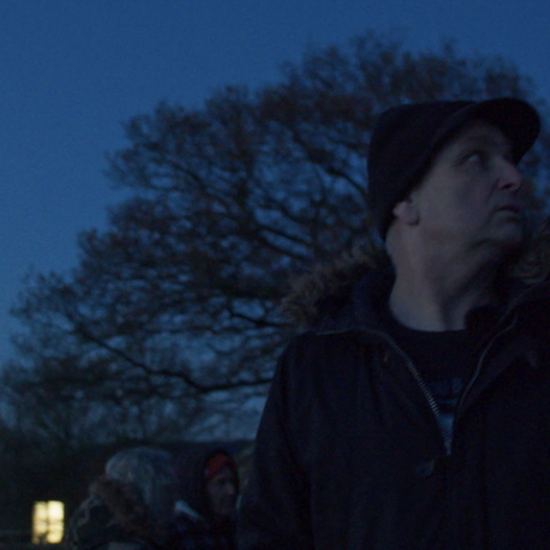
It took close to three decades of graft, negotiation and compromise to bring to the stage Mary Poppins, the classic story filled with magic and whimsy.
The fairy tale begins in 1934, when British novelist P L Travers published the first of eight books in a series featuring a magical nanny who flies into the lives of a family in London.
Three decades later, Walt Disney brought the story to life on the screen, crafting an instant classic that combined live action and animation. It won five Oscars – and introduced the world to instantly familiar songs such as A Spoonful of Sugar and Supercalifragilisticexpialidocious.
The voice behind both was Julie Andrews, who won an Oscar for her performance in the title role.
“I was sort of obsessed with Julie Andrews as a child,” says Matthew Bourne, a British ballet pioneer who was called on 40 years later to help adapt the Disney movie for the stage in Cameron Mackintosh’s Tony- and Olivier Award-winning musical.
“I absolutely loved the film. It was very unique, but I don’t think I knew that at the time – I just thought it was magic, as a kid.”
Before Bourne became involved, there had been four decades of legal and artistic wrangling over a stage adaptation of the Disney film.
Mackintosh, who was also enthralled by the movie, was far from the first impresario to try his luck when he approached Travers in 1977 for the rights to bring it to theatres.
“It wasn’t exactly an original idea,” says the impresario. “I got a polite rejection.”
There was one big problem – Travers loathed the Disney film and would not permit any of its iconic songs to be used in a stage show. It was not until 16 years later that Travers, at the age of 93 and short of money, finally relented.
“She was always quite contrary,” says Mackintosh.
With the first hurdle cleared, the next one to overcome was that Disney owned the rights to the music. Only after what Mackintosh describes as a decade-long “Mexican stand-off” did the show finally have its premiere in the West End in December 2004 – eight years after Travers died.
“I imagine if she had been there it would have been complete hell,” says the producer. “She would have never stopped giving me notes.”
Bourne had heard of the plans for the stage adaptation some years earlier. He had choreographed Mackintosh’s revivals of Oliver! and My Fair Lady, in 1994 and 2001, respectively. The producer had also brought Bourne’s controversial all-male production of Swan Lake to West End in 1995 – starting a record-breaking run that continues.
“I said to Cameron: ‘Please include me, I’ll just come and make tea for everyone, I just want to be part of it’,” says Bourne, describing how he became involved with Mary Poppins.
In the event, he was hired to co-direct alongside veteran Richard Eyre. Actor, novelist, former politician and future Downton Abbey creator Julian Fellowes wrote the book for the show.
“The worry really was that the film was so loved that people wouldn’t accept another version,” says Bourne.
This was not to be the last time Bourne would take on a sacred cow. As well as his radical Swan Lake, his resume includes contemporary-dance adaptations of classic films such as Edward Scissorhands and last year’s The Red Shoes.
“I’m used to that really,” he says. “Everything I’ve done has the tag: famous ballets, famous films. You’ve got to be brave to put these things on.
“The key is to do something different. Don’t just copy it or you are going to fail.”








